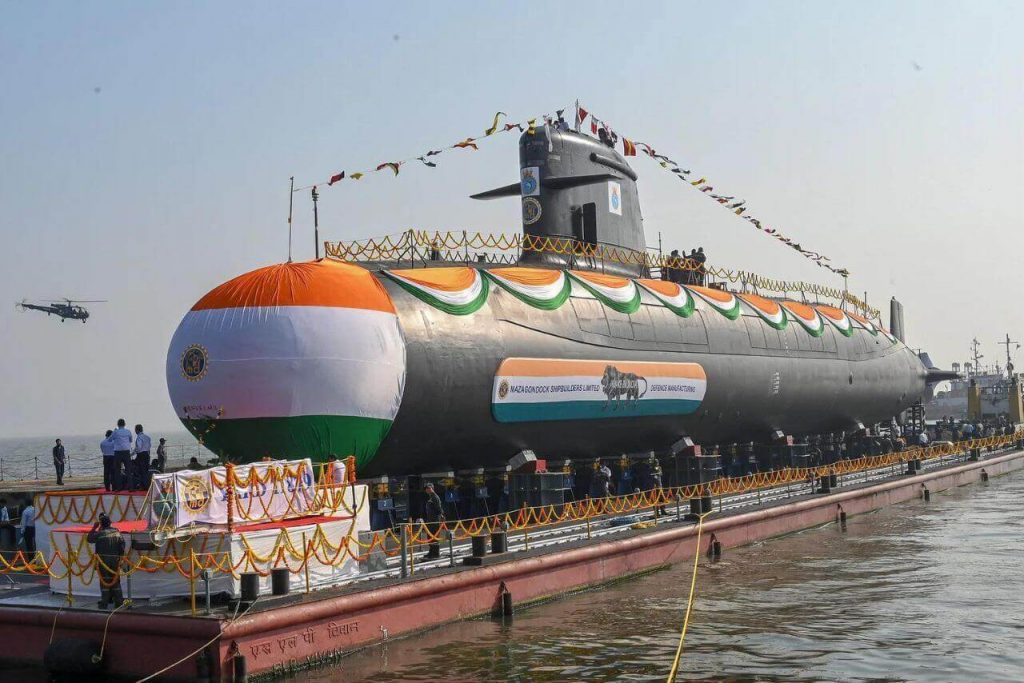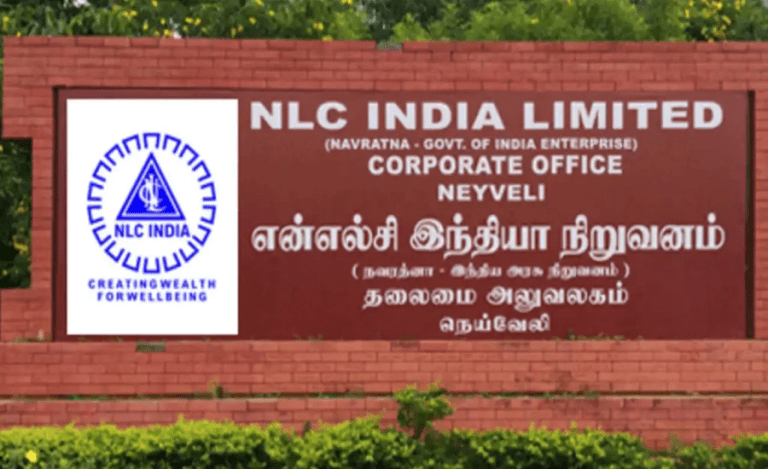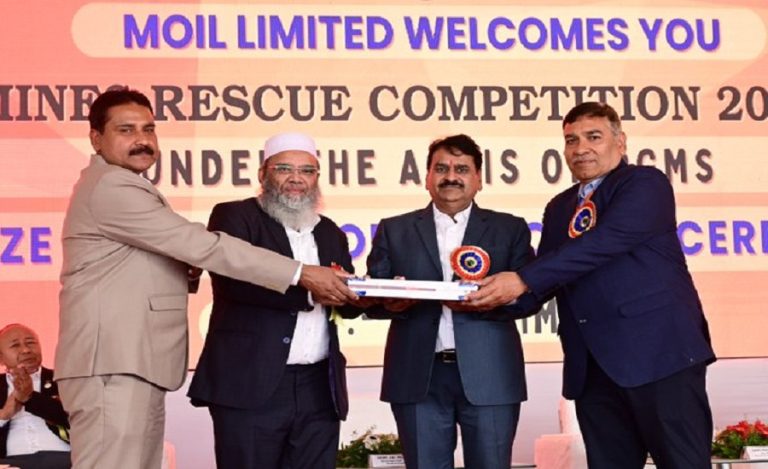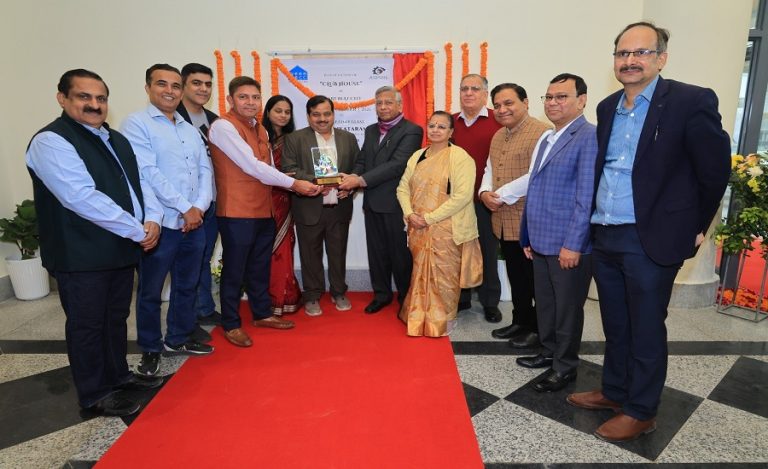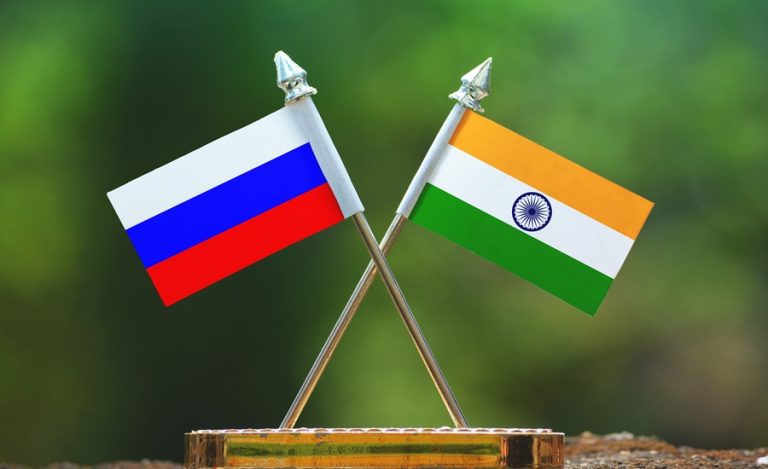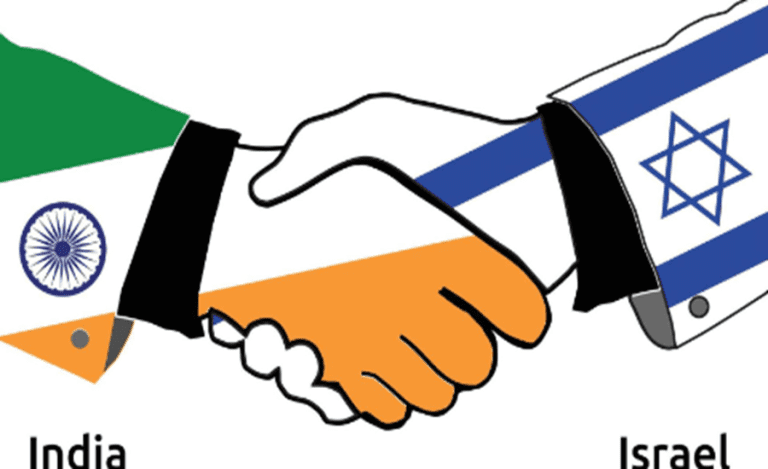New Delhi: State-owned Indian shipyard Mazagon Dock Shipbuilders Limited (MDL) and French defence ship-builder Naval Group have recalibrated their strategy from purely domestic build to export – centred on the upgraded “Scorpène Evolved” conventional submarine.
India has deferred further orders under the earlier batch of conventional submarines (the Kalvari-class), prompting MDL and Naval Group to turn their focus outward to friendly navies looking for modern under-sea capability.
What the MoU Covers
An exclusive Memorandum of Understanding (MoU) between MDL and Naval Group sets out a coordinated export roadmap for the Scorpène Evolved variant.
The variant will integrate increased indigenous content such as DRDO-developed sonar and electronic warfare systems, local heavy-torpedoes, future preparations for lithium-ion batteries and Air Independent Propulsion (AIP) modules.
Read Also: India’s Defence Exports to Soar to ₹30,000 Crore — Rajnath Singh Unveils Vision 2026 at SIDM Meet
A clear target market is emerging: the Philippines has been identified as a principal export prospect under this strategy.
Strategic Importance & Export Opportunity
This pivot carries multiple strategic benefits:
- It leverages MDL’s proven track record of building six Scorpène-class submarines for the Indian Navy under Project 75, giving credibility.
- It aligns with India’s ambition to become a defence manufacturing exporter and reduce import dependencies (“Atmanirbhar Bharat”) in undersea platforms.
- It positions the India-built submarine as a cost-effective alternative for regional navies (Asia, Africa) that seek modern conventional submarines but face budget/supply constraints.
Technical Upgrades & Indigenous Content
Some of the key technical features and planned enhancements include:
- Integration of DRDO-developed sonar and electronic warfare suites.
- Future readiness for lithium-ion battery systems and Air Independent Propulsion modules — enhancing underwater endurance and stealth.
- Use of Indian-made sensors, weapons, and combat systems layered onto the French Scorpène design to boost indigenous value-addition and reduce reliance on foreign systems.
Geopolitical & Market Context
India’s decision to defer new orders for Kalvari-class submarines has created a strategic turning point, prompting the pivot towards export rather than new domestic build.
As regional navies (e.g., Southeast Asia, Africa) seek to expand under-sea capabilities, the timing is opportune for India and France to offer a competitive conventional submarine package.
From a geopolitical perspective, deeper Indo-French collaboration reinforces maritime security in the Indo-Pacific, a region witnessing intense rivalry and under-sea competition.
Why This Matters
For India’s defence manufacturing ecosystem: This export focus signals a next phase beyond mere import replacement — now to export and global competitiveness.
For regional navies: Offers an India-built yet globally designed submarine option — combining cost-efficiency with high performance.
For Indo-French strategic partnership: Strengthens defence industrial collaboration and aligns with mutual interests in Indo-Pacific maritime security.
For the market: With evolving submarine tender pipelines in Southeast Asia and Africa, the Scorpène Evolved could seize market share previously dominated by European and East-Asian vendors.
Challenges & Considerations
- Export competitiveness will depend on timely delivery, proven technology (e.g., AIP integration), service/maintenance support, and cost effectiveness vs alternatives.
- The Scorpène platform is well-established, but the evolved variant must demonstrate upgraded features and reliability in a competitive market.
- Export controls, geopolitics, end-user dynamics, and supply chain dependencies remain non-trivial hurdles.
- For India’s navy, recognition that newer future builds (like Project 75(I)) may move beyond the Scorpène line means this export push must be well timed.
The Road Ahead
- MDL and Naval Group will likely begin marketing the Scorpène Evolved variant immediately to friendly navies, with the Philippines cited as a prime prospective customer.
- Additional indigenous upgrades and export certifications will need to be completed to assure buyers of performance and lifecycle support.
- Success of the export push may catalyse further investments in Indian submarine-manufacturing infrastructure, supply-chain sophistication and export logistics.
- From a strategic lens, this initiative could raise India’s profile as a submarine exporter — a significant shift in naval diplomacy and defence industry heritage.

